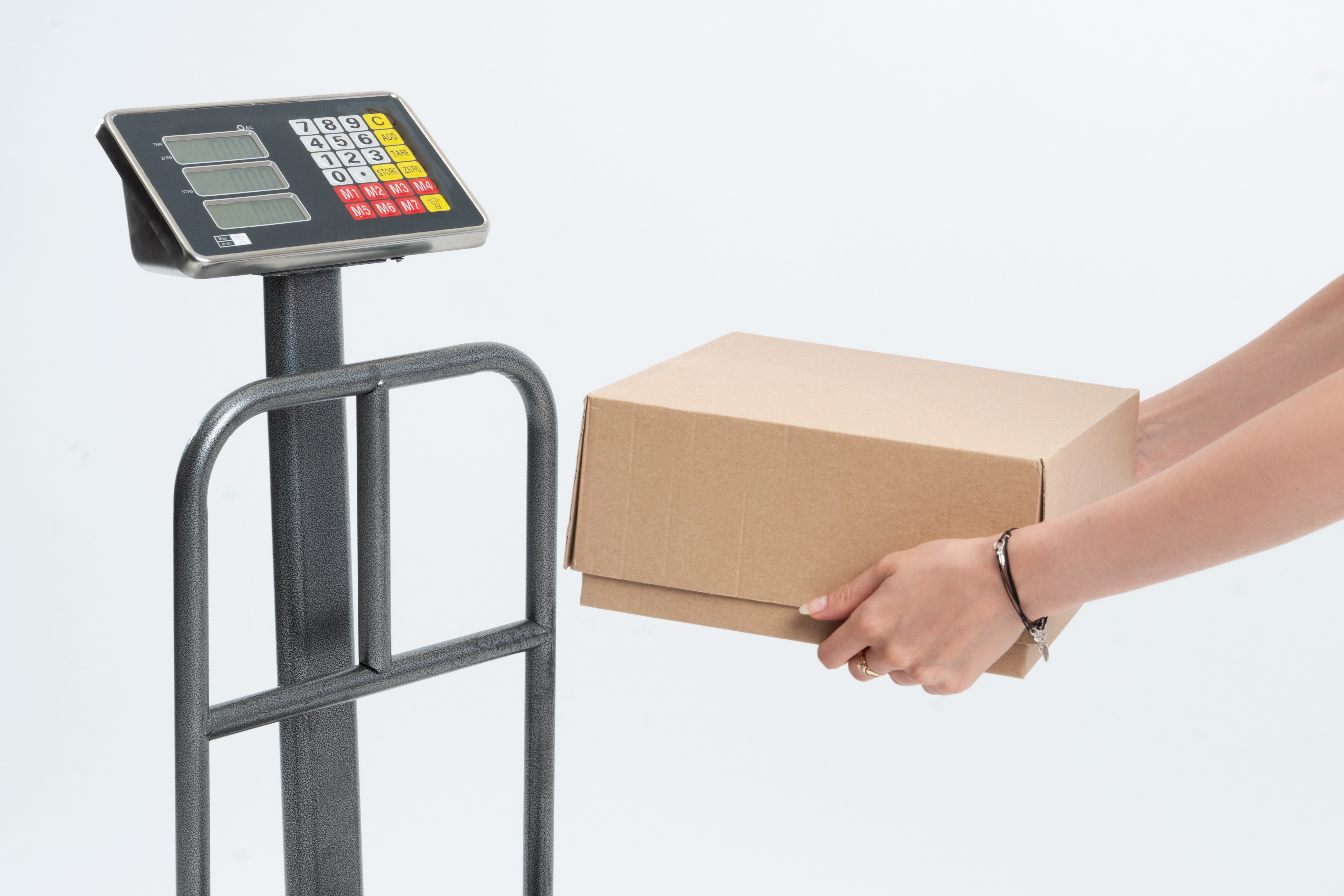Supply Chain Models: Which One Do You Need?


The supply chain consists of the logistics of producing and selling commercial goods. It begins with resource acquisition and continues through to product development and delivery to the vendor.
Quality management of supply chains is critical for every company to stay competitive. And to properly manage and protect supply chains, it’s important to know six supply chain models that can be used.
Using the wrong supply chain model can put businesses at risk, increasing expenses and potentially hurting the brand. However, choosing the right model for your business requirements can help ensure smooth supply chain flow.
In this article, we explore different types of supply chain models to help you choose the right one for you.
What Is a Supply Chain?
A supply chain is a sequence of events that helps a product move from manufacturing to market. It involves people, technology, equipment, and transportation modes.
Historically, supply chains were straight line models that looked somewhat like this: raw materials >>> supplier >>> manufacturer >>> warehouse >>> shipping >>> end consumer. However, a modern supply chain looks more like a web with the manufacturer in the middle.
Supply and logistics are the pillars of every business, impacting the success of a company. That said, businesses need strong supply chain management models in order to succeed. Otherwise, they will face many difficulties.
Supply Chain Focus: Efficiency vs. Responsiveness
Although there are six supply chain models, each of them focuses on efficiency or responsiveness. While all supply chains have features of both efficiency and responsiveness, each model may primarily focus on one of these.
The overall business need is the driving force behind which supply chain model will be best for the company. Besides that, several other things can help determine the supply chain model that will deliver the support a business can depend on:
- The framework of the industry
- The value proposition business has to offer
- Management focus
The 6 Supply Chain Models
The Continuous Supply Chain Model
The continuous supply chain model is built for the continued, scheduled delivery of goods. It ensures a steady cadence of resources and products. It exists in environments with supply and demand stability, usually with mature supply chains for established brands. This model requires minimal variation in the customer demand profile.
In other words, the continuous model is suitable for companies that produce a uniform set of goods and can expect a stable demand from the market. In this model, goods are in continuous flow and the model is based on the stability of supply and demand in the market. Moreover, the systems in this type of supply chain model are aligned so that a continuous flow of goods can be secured.
The Fast Supply Chain Model
A fast supply chain model is usually used by companies that manufacture finished products with a short market lifecycle. This makes it suitable for the delivery of products considered to be trendy. A fast model applies when a business changes its products often, delivering them to market before a trend loses its popularity.
For example, a fashion designer may have a specific line of designs in a season, and the business needs to take that fashion line to the market to maximize returns since its typically based on current trends. Because supply chain efficiency can increase a company’s competitive edge, the fast model is typically considered the best among the different types of supply chain integration.
The Efficient Supply Chain Model
This model is best for businesses in highly competitive environments that need to strive for high efficiency in their delivery logistics to maintain a competitive edge. It prioritizes proper inventory management and maximizes output from production equipment and labor.
In the efficient model, businesses need to create the right production forecasts to prepare machinery and raw materials accordingly. However, a disruption in the production or sales cycle can cause a lot of ripple effects across the supply chain network. For example, labor or raw material shortages can cause long delays, and the company may have to pay for additional expenses due to the delay in supply.
The Agile Supply Chain Model
A supply chain must have virtual integration, process alignment, a network base, and market sensitivity to be considered an agile model. Virtual integration requires the company to track market demand in real time, whereas process alignment is about sharing supply chain responsibilities across the business. This can be achieved by using collaborative product design, keeping a co-managed inventory, and running all parts of the supply chain in sync with each other.
Network-based refers to an equal contribution made by each party in the supply chain, and the market sensitivity changes the rate of production immediately with any changes in demand. Therefore, the agile model is suitable for businesses that operate in markets with a high level of demand volatility.
In addition, this model is a good fit for companies dealing with specialty items that may require special care in the supply chain and is often fine-tuned for the products it is being used for. This model is known for the expertise it requires to transport the products from point A to point B, rather than for the technology or automation involved.
Businesses that follow this model can charge a premium price for their services. However, the agile model is only profitable until a threshold of volume is met. After that, it may become expensive to follow this model.
The Custom-Configured Supply Chain Model
A combination of the continuous flow and agile models, a custom-configured supply chain model is great to use when multiple product configurations are required. A custom-configured model is likely used whenever there are consumer customization options.
In addition, it is often used for prototype design and manufacturing of small batches. Note that this model requires additional investment as compared to other, more traditional models.
The Flexible Supply Chain Model
This model offers companies the ability to meet both high and low demand. To be considered a flexible model, a supply chain must have part segmentation, accurate sticking algorithms, and flexible planning. This is can be ensured through diversifying suppliers and integrating automation on factory floors.
For example, staples’ paper and writing utensil products are produced and delivered through this model. Staples have high demand during the school season and stock its shops with excess paper, notebooks, pencils, pens, rulers, and other school supplies.
However, the business must ensure it has some stock of those products year-round, which is achieved through flexibility. This model involves having multiple suppliers, many of whom are on seasonal contracts, and improving the stocking algorithm for the business to produce only what will be sold during low-demand periods.
Supply Chain Models Built for Efficiency
Efficiency supply chain models include the efficient, fast, and continuous model as they put efficiency first and are geared toward specific industries, such as cement, paper, commodity-producing, and budget-friendly fashion industries.
A good example of this model group is the low-cost clothing manufacturer that is fighting for customers. The market is full of similar products selling to the same type of customers, but consumers may not realize the unique value of a product. So, all they will be looking at is the cost.
A supply chain model focused on efficiency will help the manufacturer have the materials when they need them to stay competitive and create the volume that will keep expenses down, which will appeal to the consumer base.
That said, the process flow in this model is all about cost-cutting and speed. The models in this category have features built into the supply chain to make sure things are moving fast with a specific rhythm.
For businesses in highly competitive situations, it is vital to have inventory on hand to complete orders fast. This model is ideal for manufacturers that do not typically deviate from what they produce but use the same processes and materials over again. So, most industries that use some of the efficiency models do it to save costs or are offering low-value products produced in high volume.
Supply Chain Models Built for Responsiveness
The agile model, the flexible, and the custom-configured models are built for responsiveness. These are ideal for on-demand situations and when there is a level of uncertainty in product manufacturing. That said, these supply chain models offer flexibility for industries that provide trendy and custom-order products, and for manufacturers that often change their products.
The idea behind responsive models is that they respond on demand. For example, if a manufacturer produces items for various industries, its supply chain must be flexible in order to meet the needs of the specific client.
The Bottom Line
These six supply chain models all come with their advantages and disadvantages. Therefore, businesses need to identify an adequate model for their supply chains that will meet their particular needs while helping them avoid unnecessary expenses.
That said, having a suitable supply chain model is as important as having the right technology, processes, and people to manage the supply chain. It allows the business to improve efficiency and help it develop resilience to disruptions and reduce exposure to risks.
An efficient supply chain management goes hand in hand with well-managed logistics, and that is what Unival Logistics offers. With us, you will get end-to-end logistics solutions tailored to your needs. You can rest assured your items will travel the optimal routes and arrive safely at their destinations on time.
In addition, we offer full-value insurance, so contact us if you need our logistics services.
Latest blogs
Dimensional (DIM) Weight in Shipping: What It Is & How It’s Calculated
Wed, Jan 14th 2026, 07:11
 Continue Reading →
Continue Reading →
Shipping Gold Safely: Packaging, Insurance & Best Practices
Mon, Jan 12th 2026, 03:00
 Continue Reading →
Continue Reading →
Can You Ship Alcohol and How? US Guide to Alcohol Shipping
Tue, Dec 23rd 2025, 01:37
 Continue Reading →
Continue Reading →
Categories
defaultCall Us Today
Get premium full-value shipping insurance at affordable rates and be sure your parcels are 100% safe during transport. Work with a logistics powerhouse - get in touch with us today.
213-368-3444
Contact Us
Want a peace of mind when shipping valuable packages? Our experts are happy to ansver any questions you may have and provide you with a tailored soulution that meets your unique shipping needs. Email us today and ship your luxury items with ease!


